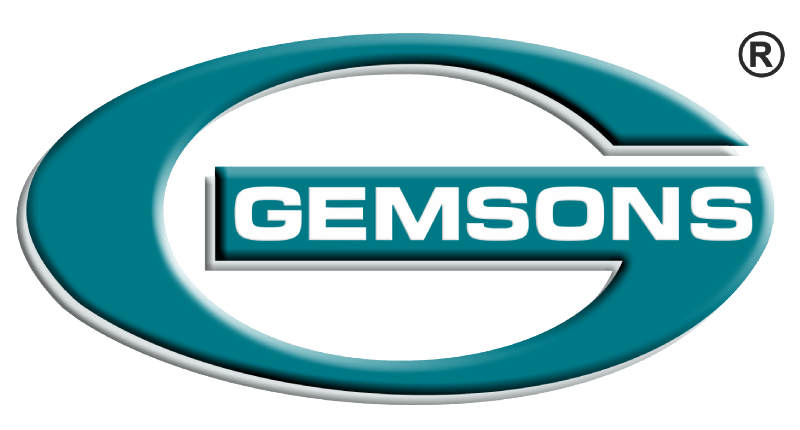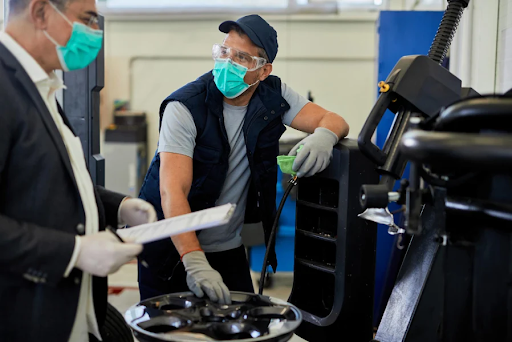In sectors such as aerospace and automotive manufacturing, precision and reliability are paramount. Any component, ranging from delicate fuel injectors to oversized structural components, has to work perfectly under stressful conditions. To make this a reality, the continuity of high cleanliness standards throughout and after production is vital.
Conventional methods of cleaning usually fail to clear microscopic dirt, which can be detrimental to performance or lead to failure. This is where ultra sonic cleaning has emerged as a vital procedure in contemporary manufacturing.
What is Ultrasonic Cleaning?
Ultra sonic cleaning is a sophisticated cleaning method employing high-frequency sound waves (usually between 20 kHz and 40 kHz) delivered through a liquid medium, typically water mixed with appropriate detergents. The sound waves generate microscopic bubbles via cavitation. When these bubbles collapse, they have a tremendous cleaning action that dislodges dirt from surfaces, such as oils, greases, dirt, and residues, even from inaccessible places.
This non-abrasive yet very efficient cleaning process is assured to leave parts free of impurities without destroying the surface finish or degrading tolerances, making it suitable for precision industries such as aerospace and automotive.
Why Cleanliness Matters in Aerospace and Automotive Manufacturing
Both automotive and aerospace components are subjected to high pressure, stress, and temperature conditions. Even small particles of contaminants like dust, grease, or metal shavings may cause corrosion, mechanical failure, or low efficiency. For instance:
- In aerospace equipment, contaminants may interfere with the operation of hydraulic valves, sensors, or fuel injectors.
- In automobile engines, impurities may clog passages, resulting in performance decline or early wear.
Component cleanliness is thus not only a quality issue; it’s a safety and performance issue.
How Ultrasonic Cleaning Increases Manufacturing Efficiency
Ultra sonic cleaning in production lines has transformed component preparation and finishing operations. This is how it creates value:
1. Deep and Uniform Cleaning
Unlike spray-based or manual cleaning, ultrasonic cleaning penetrates to all corners and crevices of the component. This guarantees that even intricate geometries, internal bores, or fine threads are completely cleaned, which is especially crucial for aerospace and automotive components with complex designs.
2. Non-Destructive Process
Ultrasonic cleaning involves mild but efficient cavitation action that will not scratch or distort the component surface. This is particularly suitable for sensitive materials, including aluminium alloys, titanium, and precision-machined surfaces, which are widely applied in both industries.
3. Enhanced Surface Preparation
Clean surfaces are crucial for coating, plating, and assembly processes. Ultrasonic cleaning wipes out all the residual oils, coolants, and oxides for better adhesion and bonding quality. This results in longer-lasting coatings and better corrosion resistance.
4. Less Manual Intervention
Ultrasonic cleaning systems that are easy to automate minimize the need for manual scrubbing or brushing, reducing errors and ensuring uniform results. This also aids in lowering labor costs and increasing production efficiency.
5. Environmental Benefits
New ultrasonic cleaning systems employ water-based, biodegradable cleaning solutions in lieu of aggressive chemicals. This has a drastic reduction in environmental harm and supports strong industry regulations for waste treatment and sustainability.
Applications in Aerospace Manufacturing
Parts such as fuel system components, turbine blades, landing gear, and hydraulic valves in aerospace manufacturing need very high levels of cleanliness. Ultrasonic cleaning removes microscopic contaminants that would otherwise lead to malfunction or degradation.
Additionally, this method of cleaning guarantees no harm to delicate alloys or coatings, preserving the exact tolerances required by aerospace engineering. It’s also commonly applied in cleaning parts prior to and following machining, coating, and assembly processes.
Applications in Automotive Manufacturing
The motor vehicle sector is highly dependent upon ultra sonic cleaning to ensure the reliability and longevity of essential parts. Engine blocks, injectors, pistons, gear parts, and brake systems all stand to gain from ultrasonic cleaning’s capability to eliminate carbon deposits, machining oils, and metal particulate.
By providing clean surfaces, manufacturers can attain increased assembly accuracy, improved engine performance, and lower defect rates. Ultrasonic cleaning is also particularly useful for electric vehicle (EV) parts, which need to be precision cleaned in order to preserve electrical integrity and performance.
Key Benefits Over Conventional Cleaning Techniques
Ultrasonic cleaning compares to solvent-based or mechanical cleaning in many ways:
- Speedier cleaning cycles and less downtime
- Less rework or rejection due to contamination
- Compatibility with a variety of materials and part geometries
- Minimized use of hazardous chemicals and consumables
Ensuring Quality and Compliance
The aerospace and automotive industries are regulated by stringent quality requirements like EN 9100 and ISO certifications. Ultrasonic cleaning complements these compliance needs through repeatable, validated performance cleaning. It ensures that each component is in compliance with cleanliness standards important for safe and effective operation.
Conclusion
Accuracy, safety, and effectiveness characterize contemporary aerospace and automotive production, and ultra sonic cleaning is the key to realizing such objectives. Through guaranteed deep, reliable, and non-destructive cleaning, it improves product quality, maximizes component life, and enables strict industry regulations.
With years of experience and sophisticated cleaning technologies, Gemsons Precision Engineering incorporates ultrasonic cleaning into its manufacturing process to provide parts that achieve the best performance and reliability standards in both aerospace and automotive industries.



Recent Comments